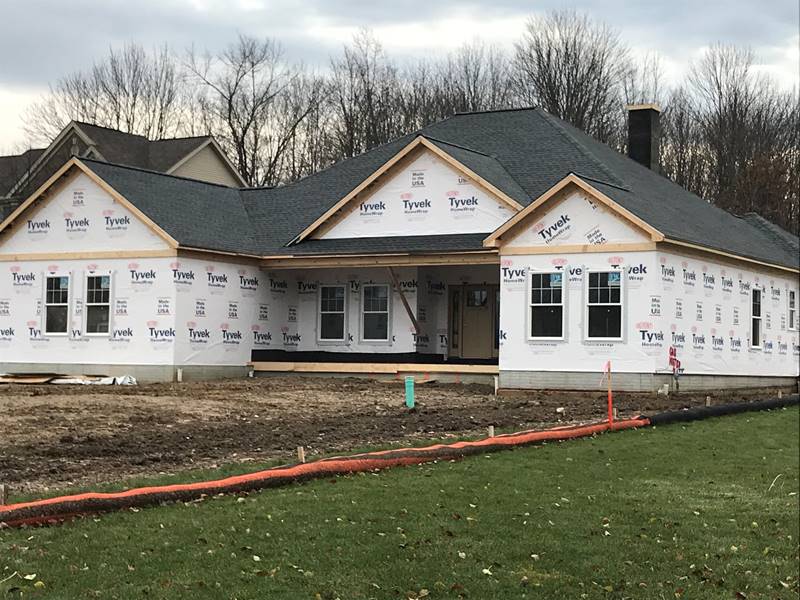Economy

Fed’s Beige Book Documents Widespread Concern About Metals Prices
Written by Tim Triplett
April 18, 2018
Economic activity continued to expand at a modest to moderate pace across the 12 Federal Reserve Districts in March and early April. Outlooks remained positive, but contacts in various sectors including manufacturing, agriculture and transportation expressed concern about the newly imposed or proposed tariffs on steel and aluminum.
The Fed’s latest Beige Book released on Wednesday includes more than 20 references to steel or aluminum prices and their effects on the economy in different parts of the country.
There were widespread reports that steel prices rose, sometimes dramatically, due to the new tariff. Prices for building materials continued to rise briskly, especially for lumber, drywall and concrete. Transportation costs also generally rose, with contacts citing higher fuel prices and shortages of truck drivers as the primary causes. There were scattered reports of companies successfully passing through price increases to customers in manufacturing, information technology, transportation and construction. Businesses generally anticipate further price increases in the months ahead, particularly for steel and building materials.
In the Richmond District, it was reported that prices grew moderately, overall, but steel and aluminum prices rose sharply and were expected to rise further as a result of the tariffs.
In the Boston District, two contacts brought up the proposed China tariffs and said they represent a major risk. One was a toy manufacturer which sources 75 percent of its production from China. The second said that punitive tariffs on Chinese aluminum had already had a big effect. Thin-gauge foil is produced only in China and tariffs raised the price three-fold. The contact argued that “these tariffs are now killing high-paying American manufacturing jobs and businesses.”
In the Philadelphia District, contacts cited double-digit price hikes for lumber and drywall and expressed concern for steel and reinforced concrete. Of the 22 manufacturing firms that offered general comments, seven mentioned impacts from recent tariffs or proposed tariffs. Most noted rising prices or anticipated rising prices; just one firm anticipated greater demand.
In Cleveland’s Fourth District, rising commodity prices, particularly for steel, are pressuring goods producers. According to contacts, recently imposed tariffs have accelerated price appreciation of steel products, in some cases at double-digit rates.
In the Richmond District, prices overall grew moderately, but steel and aluminum prices rose sharply and were expected to rise further because of recently-imposed tariffs. A Virginia display case manufacturer reported stockpiling steel in anticipation of higher prices from the new tariffs. Several ports noted some uncertainty about what effects the steel tariffs might have on trade.
In the Minneapolis District, price pressures were moderate overall, but wholesale prices increased more briskly. Multiple contacts reported dramatic increases in the prices for steel products, partly attributable to recently announced tariffs. A manufacturer of tractor trailers said “we can’t raise prices as fast as material costs.”
In the Federal Reserve’s Dallas District, price pressures remained elevated. Input cost pressures increased among energy, manufacturing and construction firms, partly due to the announced tariffs on steel and aluminum. Upstream energy firms said the steel tariffs represent a worry, although some contacts said there shouldn’t be much of an impact on costs until 2019 when contracts roll over. Downstream energy contacts were still figuring out how much of their steel is subject to the new tariff and how that will affect their costs and investment decisions. Several manufacturers said that talk of steel tariffs immediately resulted in higher steel prices. An architecture firm noted that the increase in steel costs will impact the ability of their clients to move forward with some construction projects.
The comments were not all negative. In the St. Louis District, some steel and aluminum manufacturers announced plans to reopen facilities and call back workers. In the Chicago District, steel production increased at a moderate pace in response to steady end-user demand. Manufacturers facing higher steel and aluminum costs because of the new tariffs expected to pass on about half of the increased costs to their customers.

Tim Triplett
Read more from Tim TriplettLatest in Economy

Fed Beige Book: Economy improves, but manufacturing weak
While general economic conditions across the US improved slightly over the last six weeks, activity in the manufacturing sector was weak, according to the Fed’s latest Beige Book report.

SMU Community Chat: Simonson with the latest on construction
A lot of economists were predicting a recession last year. Ken Simonson, chief economist for The Associated General Contractors of America (AGC), wasn’t one of them.

Housing starts slip to seven-month low in March
Following a strong February, US housing starts eased through March to a seven-month low, according to the most recent data from the US Census Bureau.

Manufacturing activity in New York state continues to soften
New York state saw a continued decline in manufacturing activity in April, according to the latest Empire State Manufacturing Survey from the Federal Reserve Bank of New York

Worldsteel projects steel demand to grow 1.7% this year
Global steel demand will reach roughly 1.793 million metric tons (1.976 million short tons) this year, an increase of 1.7% over 2023, the World Steel Association (worldsteel) said in its updated Short Range Outlook report. The gain will come after a 0.5% contraction in steel demand in 2023. Demand is forecasted to increase another 1.2% […]
